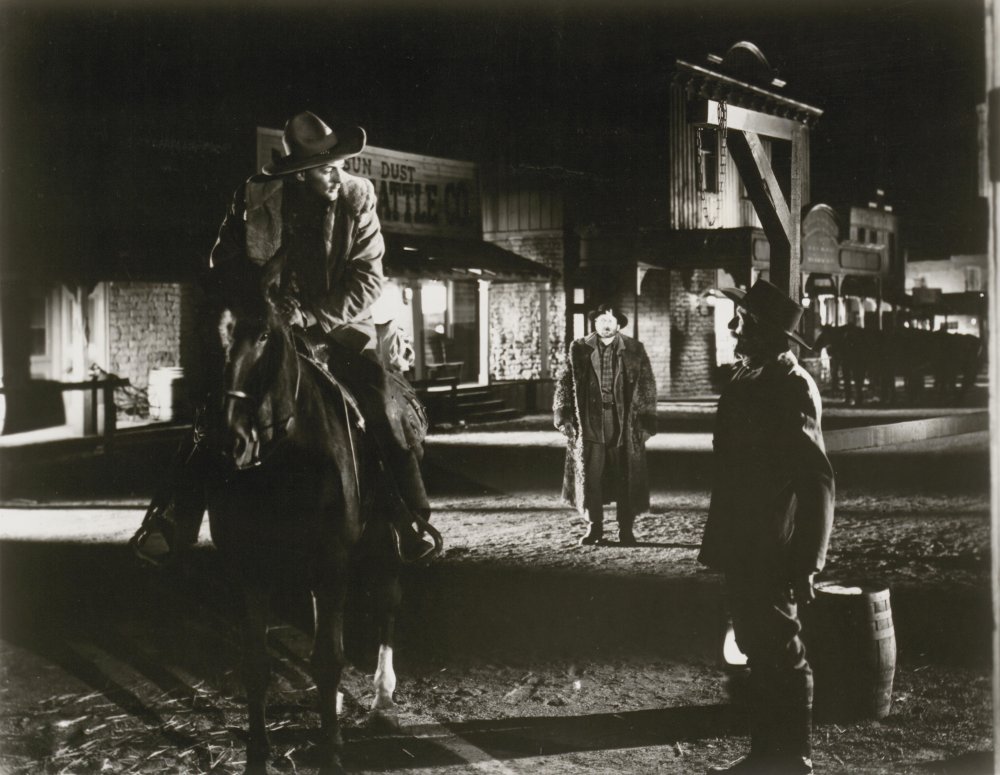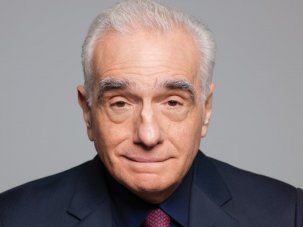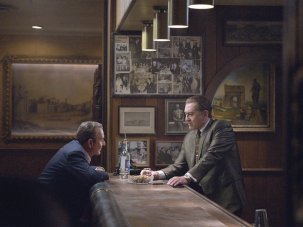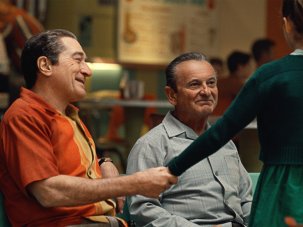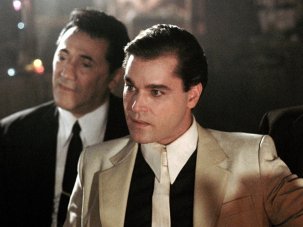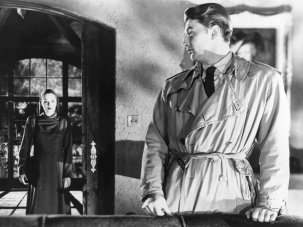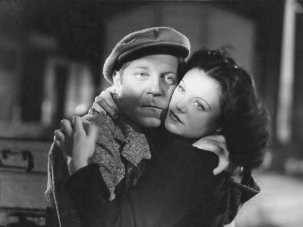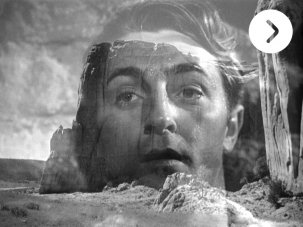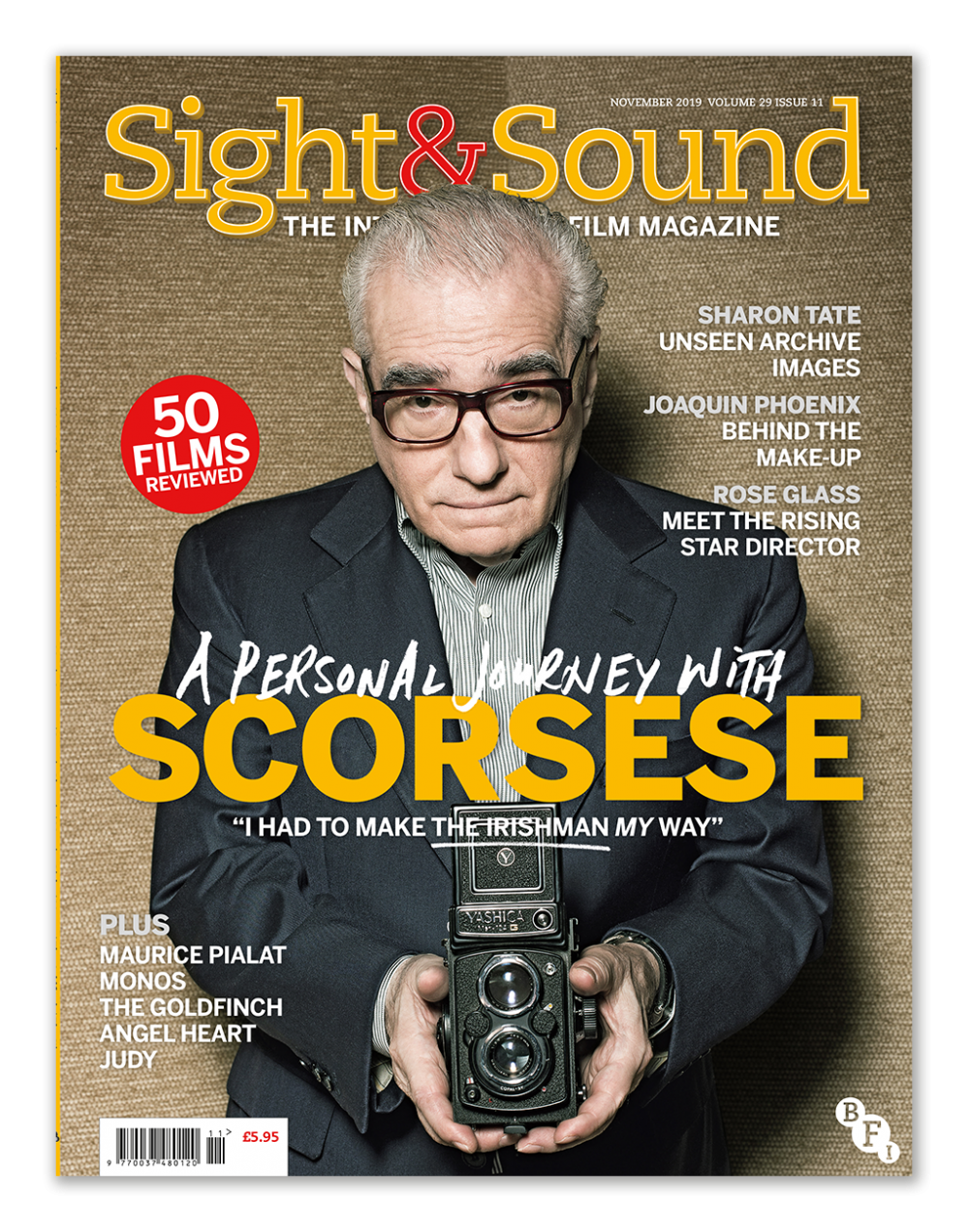
Read more of Martin Scorsese’s long talk with Philip Horne in our November 2019 issue.
The Irishman is now in selected cinemas and on Netflix.
“When you talk about film noir, for me I was born in ’42 , so 1945 I was being taken to the movies all the time, and I was just… taken to the movies. They were not noir, they were movies.
“And so I was very much exposed to this kind of thinking, and this darkness, early on – going from Out of the Past [Jacques Tourneur, 1947], which I saw in 1948, to Blood on the Moon [Robert Wise, 1948] and the noir westerns.
“This tone. It’s something when you’re 11 or 12 years old and you go to theatres that are third-run or fourth-run on Second Avenue, and they’re showing beat-up prints, and you paid 15 cents to get in. And you keep seeing The Big Heat [Fritz Lang, 1953], because it’s on a double-bill.
“And you like it – or you’re affected by it. The Big Heat was ferocious! Terrifying.
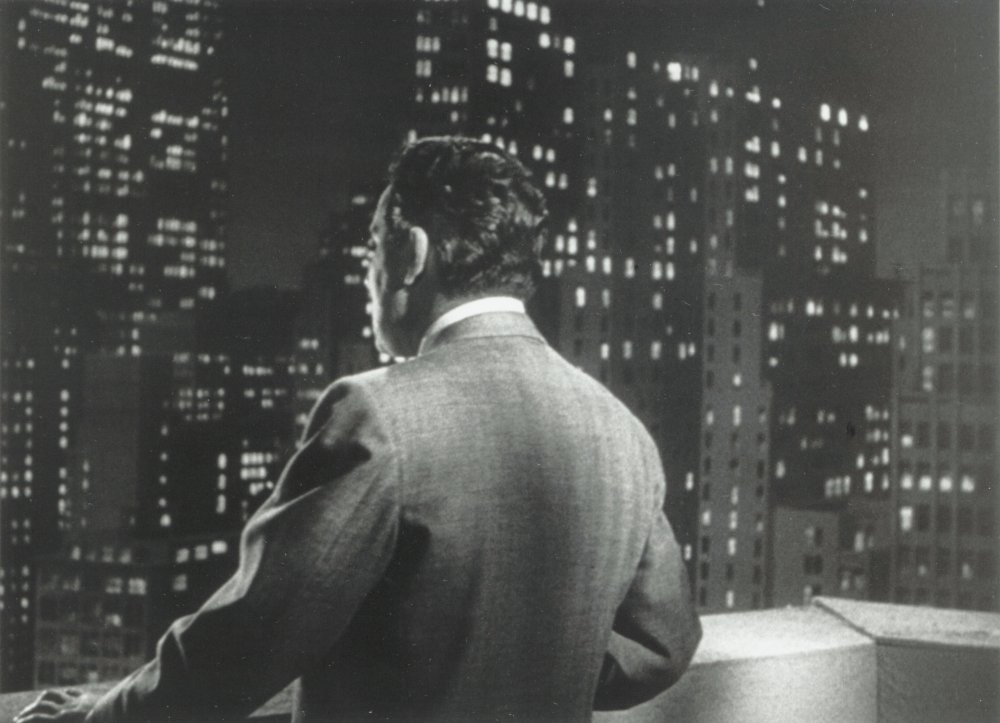
The Big Heat (1953)
“And The Sniper [Edward Dmytryk, 1952] – Arthur Franz. Very prescient film tragically. A guy takes a rifle, starts shooting people, in San Francisco… But all the noir films – those were the movies that were playing. So you were imbued with this world and then you come out of the theatre and you go home and you’re in that world. Simply out in the streets.
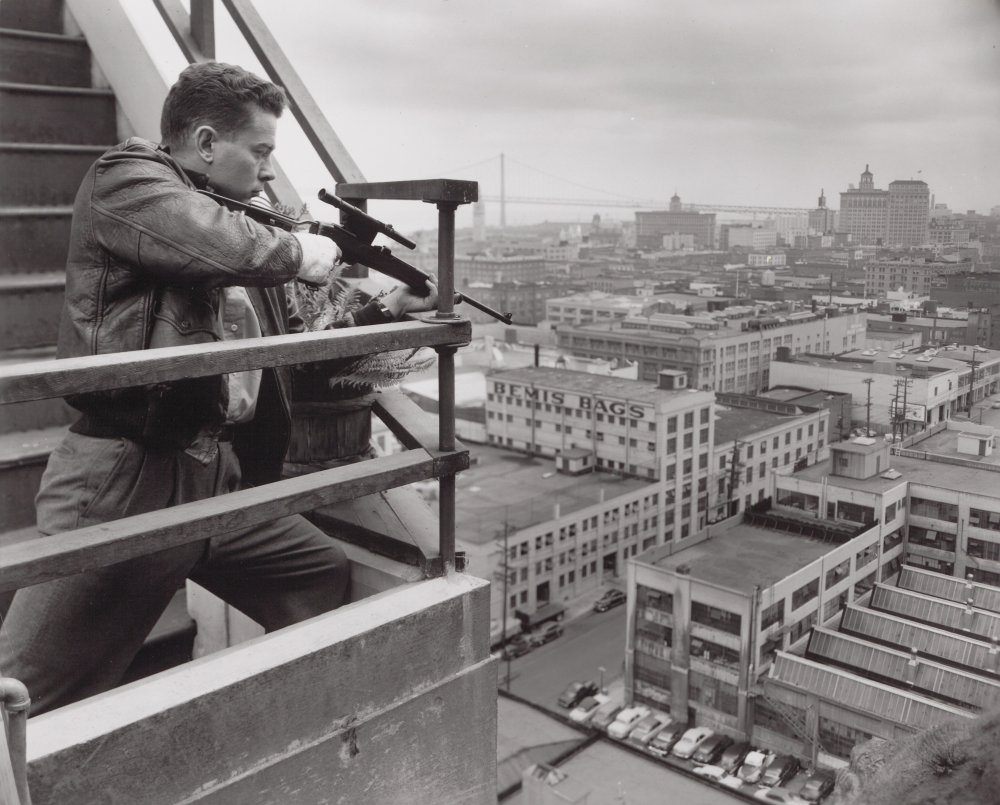
The Shooter (1952)
“If you look at Lionel Rogosin’s [1955 documentary] On the Bowery, that’s where I was living. And the people in that film, I knew them. Some of the alcoholics – they’d be with you, in the street, they were part of your life. They were hiding out in the hallways and were scary for kids. They were mixed in with all of that, and that was pure noir. The tone of the movies was the same.
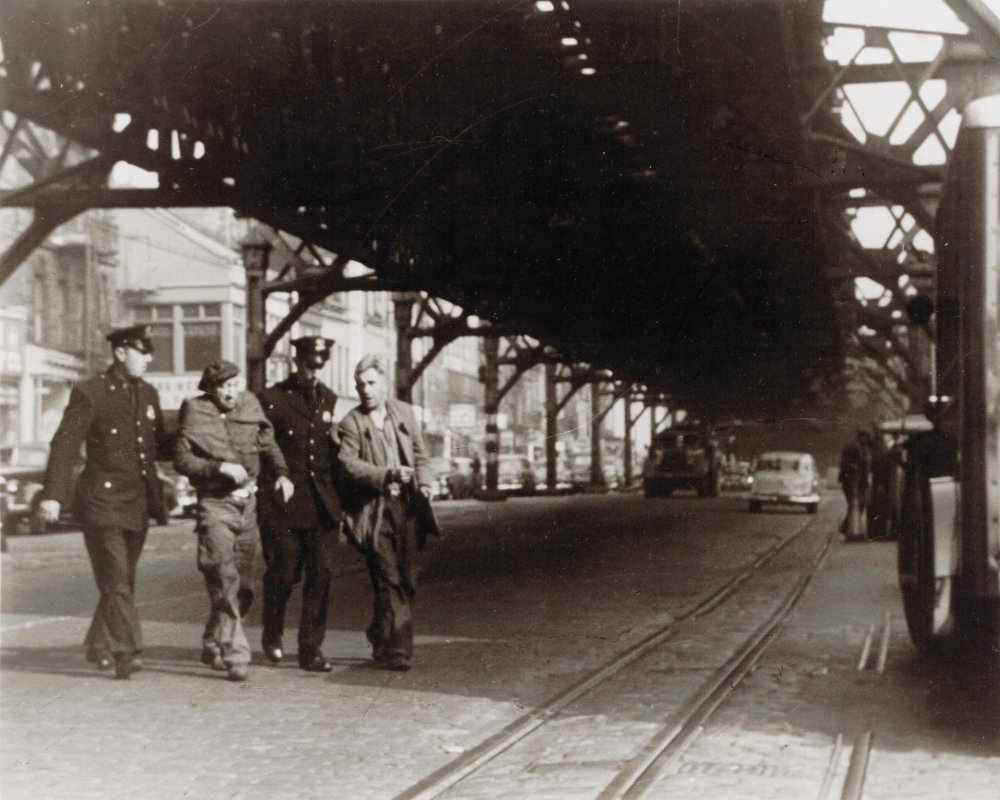
On the Bowery (1955)
“I mean, On the Waterfront [1954] was different, because that became, in terms of behaviour, the way I understood people around me. My world. But noir, the tone of it, and the locations, not simply The Naked City [Jules Dassin, 1948]. You go to Night and the City [Dassin, 1950], for example, it takes place in London, but that is the story: a man running in the middle of the night, in a double-breasted suit, owing money, to somebody. A loser. No happy ending in that one. This guy is doomed. And I saw it, I saw it happen. It’s all gone now, they’re all dead now, but it just was…When people say, ‘Oh, melodrama’ – well, yeah, but it was happening. It was the reality around us.”
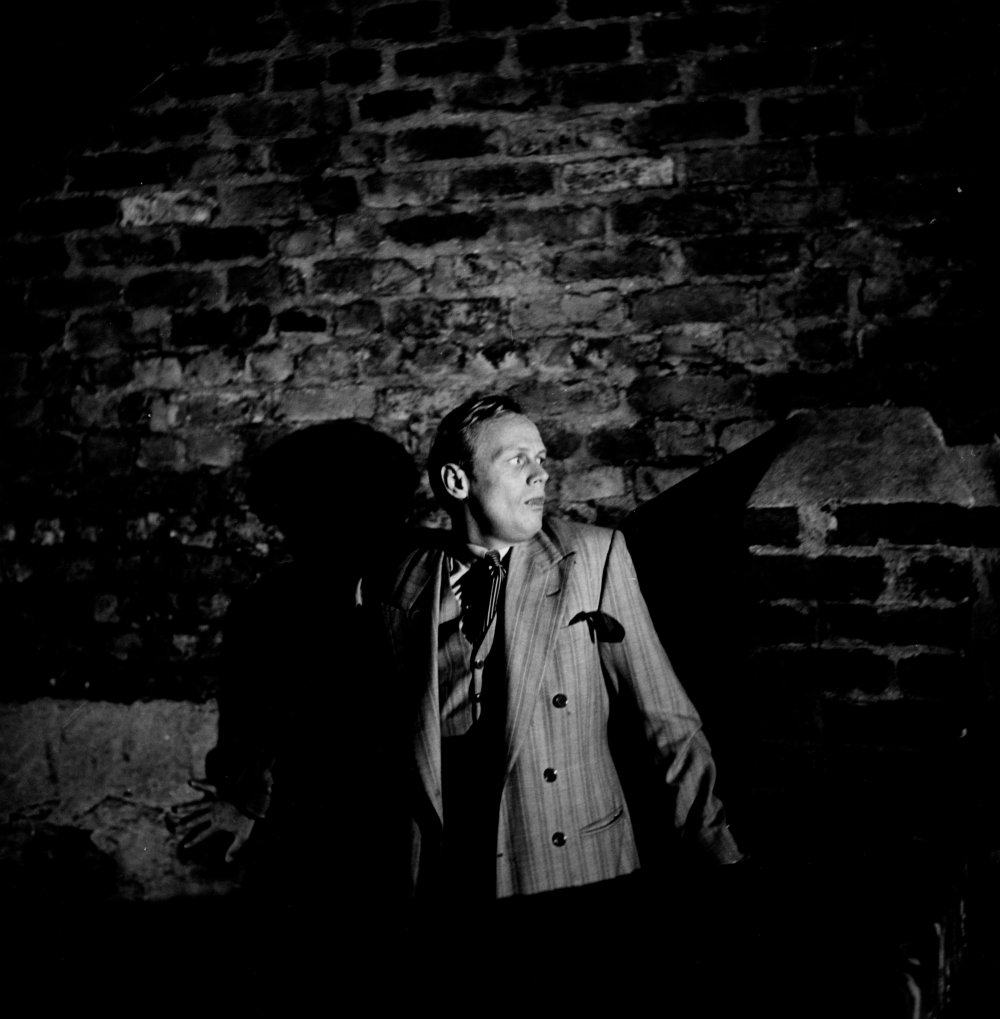
Night and the City (1950)
-
The 100 Greatest Films of All Time 2012
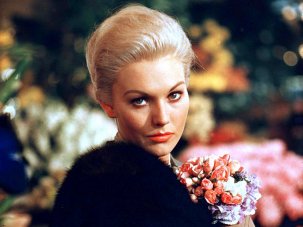
In our biggest ever film critics’ poll, the list of best movies ever made has a new top film, ending the 50-year reign of Citizen Kane.
Wednesday 1 August 2012
-
The Digital Edition and Archive quick link
Log in here to your digital edition and archive subscription, take a look at the packages on offer and buy a subscription.




